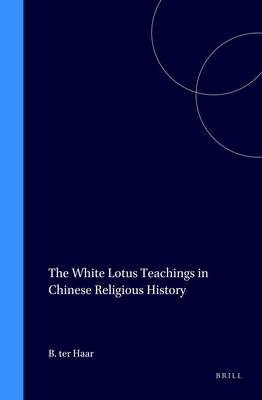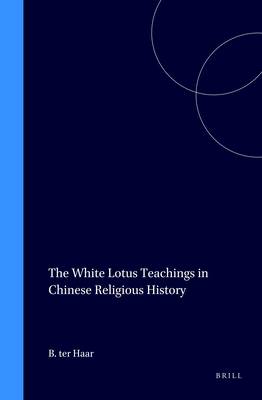
- Afhalen na 1 uur in een winkel met voorraad
- Gratis thuislevering in België vanaf € 30
- Ruim aanbod met 7 miljoen producten
- Afhalen na 1 uur in een winkel met voorraad
- Gratis thuislevering in België vanaf € 30
- Ruim aanbod met 7 miljoen producten
Zoeken
Omschrijving
This book provides a new hypothesis for understanding the real nature of the term White Lotus Teachings. The author argues that there are actually two different phenomena covered by similar terms: from c. 1130 until 1400, a real lay Buddhist movement existed, which can be called the White Lotus movement. It enjoyed the respect of contemporary literati and religious elites. The movement used the autonym White Lotus Society, which came to be prohibited in the early Ming and was discarded as a result. After 1525, the name reappeared in the form White Lotus Teachings, but now only as a derogatory label, used by officials and literati rather than by believers themselves.
As a result of this hypothesis, the history of the "White Lotus Teachings" changes from one of religious groups and magicians into one of elite ideology and religious persecution. The book is therefore important both for historians and anthropologists of Chinese religion and society, and for comparative historians interested in the ideological and social construction of "heterodoxy".
As a result of this hypothesis, the history of the "White Lotus Teachings" changes from one of religious groups and magicians into one of elite ideology and religious persecution. The book is therefore important both for historians and anthropologists of Chinese religion and society, and for comparative historians interested in the ideological and social construction of "heterodoxy".
Specificaties
Betrokkenen
- Auteur(s):
- Uitgeverij:
Inhoud
- Aantal bladzijden:
- 346
- Taal:
- Engels
- Reeks:
- Reeksnummer:
- nr. 26
Eigenschappen
- Productcode (EAN):
- 9789004094147
- Verschijningsdatum:
- 1/03/1992
- Uitvoering:
- Hardcover
- Formaat:
- Genaaid
- Afmetingen:
- 155 mm x 235 mm
- Gewicht:
- 754 g

Alleen bij Standaard Boekhandel
+ 561 punten op je klantenkaart van Standaard Boekhandel
Beoordelingen
We publiceren alleen reviews die voldoen aan de voorwaarden voor reviews. Bekijk onze voorwaarden voor reviews.








